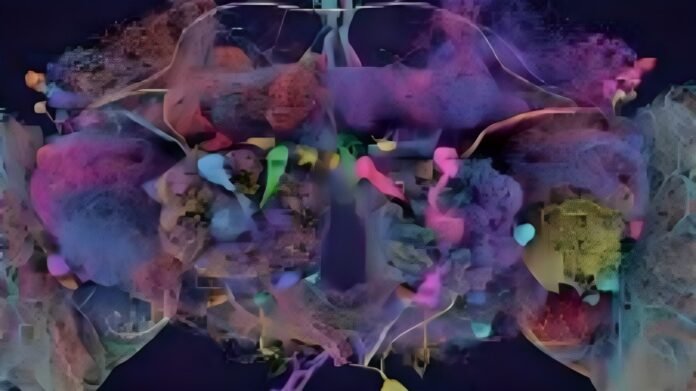Flies can walk, hover, and even sing love songs to attract mates—all with a brain smaller than a pinhead. For the first time, scientists have mapped the position, shape, and connections of every one of the 130,000 cells and 50 million connections in a fly’s brain. This groundbreaking work is the most detailed analysis of an adult animal brain ever produced.
A Huge Leap for Neuroscience Fly Brain
Leading brain specialists independent of this new research have described the achievement as a “huge leap” in understanding how our brains work. Dr. Gregory Jefferis, from the Medical Research Council’s Laboratory of Molecular Biology (LMB) in Cambridge, emphasized that this research will provide new insights into “the mechanism of thought.”
Dr. Jefferis explained to that we currently have very little understanding of how the network of brain cells in our heads enables us to interact with the world around us. He stated, “What are the connections? How do the signals flow through the system that can let us process the information to recognize your face, that lets you hear my voice, and turn these words into electrical signals? The mapping of the fly brain is really remarkable and will help us get a real grasp of how our own brains work.”
Why Study the Fly Brain?
Though the human brain contains a million times as many cells as the fruit fly brain, the insights gained from this study are invaluable. The images produced by the scientists, recently published in the journal Nature, reveal an intricate tangle of brain wiring that is both complex and beautiful. The structure of this tiny organ helps to explain how it can perform so many powerful computational tasks—a feat that modern science cannot yet replicate at such a small scale.
Transformative Impact on Neuroscience
Dr. Mala Murthy, one of the project’s co-leaders from Princeton University, described the new wiring diagram, known scientifically as a connectome, as “transformative for neuroscientists.” She stated that this detailed mapping will help researchers understand how a healthy brain works, and in the future, it could shed light on what happens when things go wrong in the human brain.
Toward Understanding Larger Brains
Dr. Lucia Prieto Godino, a group leader in brain research at the Francis Crick Institute in London, also praised the achievement. She highlighted that while researchers have previously mapped the connectomes of simpler organisms, such as worms and maggots, mapping the fly brain’s 130,000 connections represents an incredible technical accomplishment. This breakthrough paves the way for future research to map larger brains, such as those of mice, and eventually, in several decades, perhaps even the human brain.


